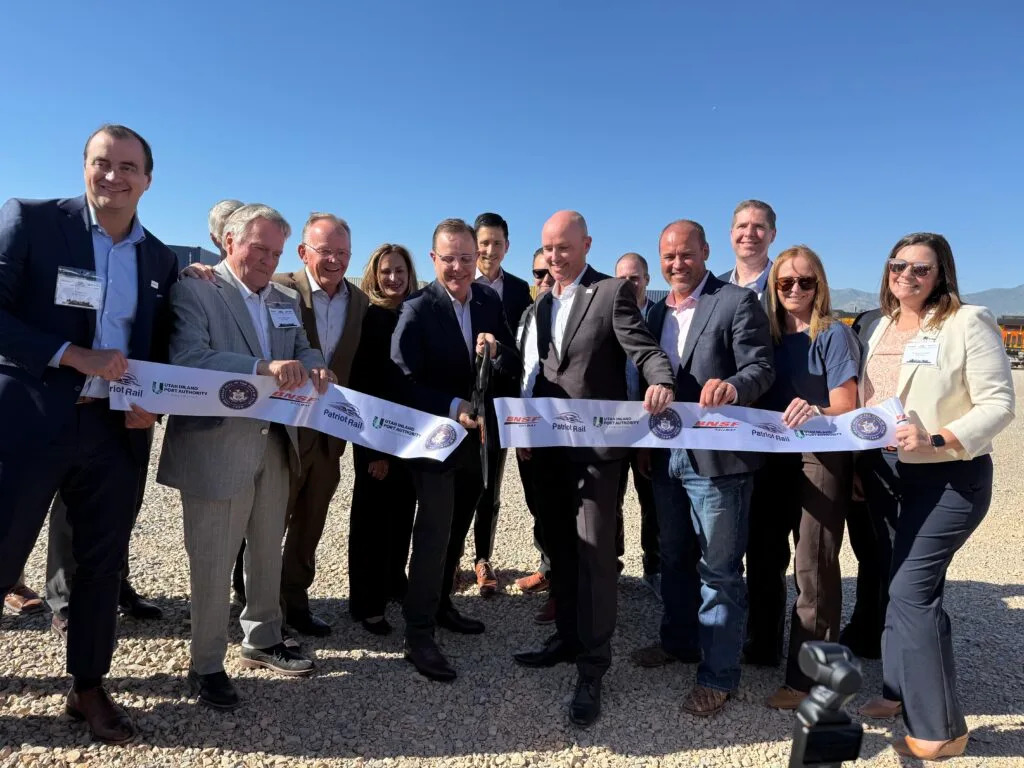
Utah elected officials, BNSF Railway and Patriot Rail representatives at the ribbon cutting ceremony of the new BNSF Railway Salt Lake City Intermodal Facility on July 31, 2025. (Alixel Cabrera/Utah News Dispatch)
With the opening of a new 43-acre intermodal facility, Salt Lake City’s west side is now the home of two Class I railways, a move that Gov. Spencer Cox says will improve the city’s air quality and help lower prices of goods in the state.
The hub, located off Interstate 80 about 5 miles from Salt Lake City International Airport, is a collaboration between the Texas-based company BNSF Railway, Patriot Rail and the Utah Inland Port Authority, a project that has taken about a decade to come to fruition, state leaders said on Thursday at a ribbon cutting ceremony.
Cox listed the top benefits that such a facility brings to the state — it will get trucks off the road, helping clear the air and exposing roads to less damage; it will make shipping goods easier, lowering prices; and it will create hundreds of thousands of jobs in the future, he said.
SUBSCRIBE: GET THE MORNING HEADLINES DELIVERED TO YOUR INBOX
“Smart infrastructure like this improves daily lives for every Utah. It means lower costs at the grocery store, more reliable delivery of critical goods, and a stronger economy rooted right here in our own backyard,” Cox said at the event. “By expanding our intermodal capacity, we’re doing more than just moving freight. We’re strengthening Utah’s role in the global supply chain and boosting our competitiveness for manufacturing and economic development wins.”
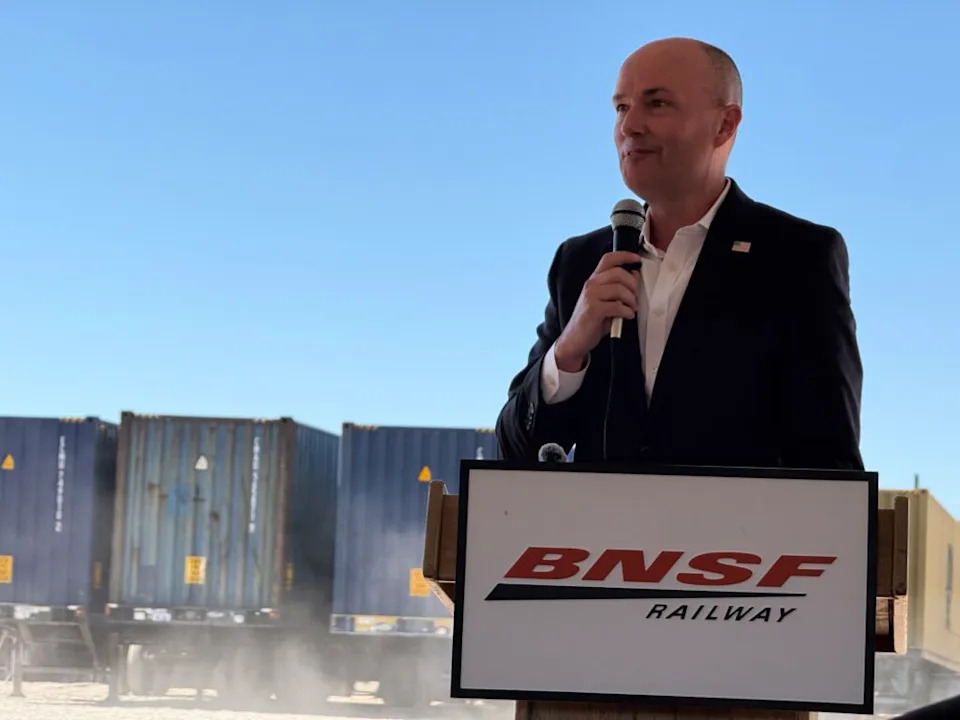
The governor compared his excitement about this opening with how he felt when announcing that Salt Lake City had officially won the bid to host the Olympics in 2034, arguing that the project will be transformative for Utah. Seeing this come to reality is also reflective of the goal he shared with lawmakers in January in his State of the State remarks — the state must build for the future.
“We knew that the future of Utah depended on a strong manufacturing sector. And to have a strong manufacturing sector, you have to be able to transport goods, and that’s what we’re doing,” he said. “Every shipping container that reaches Utah more efficiently means more opportunity for our rural producers, our urban manufacturers and the workers who keep our state running.”
With the inland port now focusing on “satellite ports” instead of a sole location, the state is studying expanding rail infrastructure in rural areas, Cox said. That’s in addition to the Uinta Basin Railway, which would connect northeastern Utah with national rail lines, facilitating the export of waxy crude oil to refineries on the Gulf Coast, which he added, if court rulings allow the controversial project to move forward “will be a game changer.”
What about rail crossing congestion?
“We can’t keep growing our road system. We have to grow using our rail system, which is totally underutilized right now,” Ben Hart, executive director of the Utah Inland Port Authority, said on Thursday.
All kinds of goods will travel in those rail lines, from consumer goods to manufacturing and mining products. As discussions on tariffs are still ongoing, the Utah Inland Port Authority wants to capture as much supply chain work as possible in the state, Hart said.
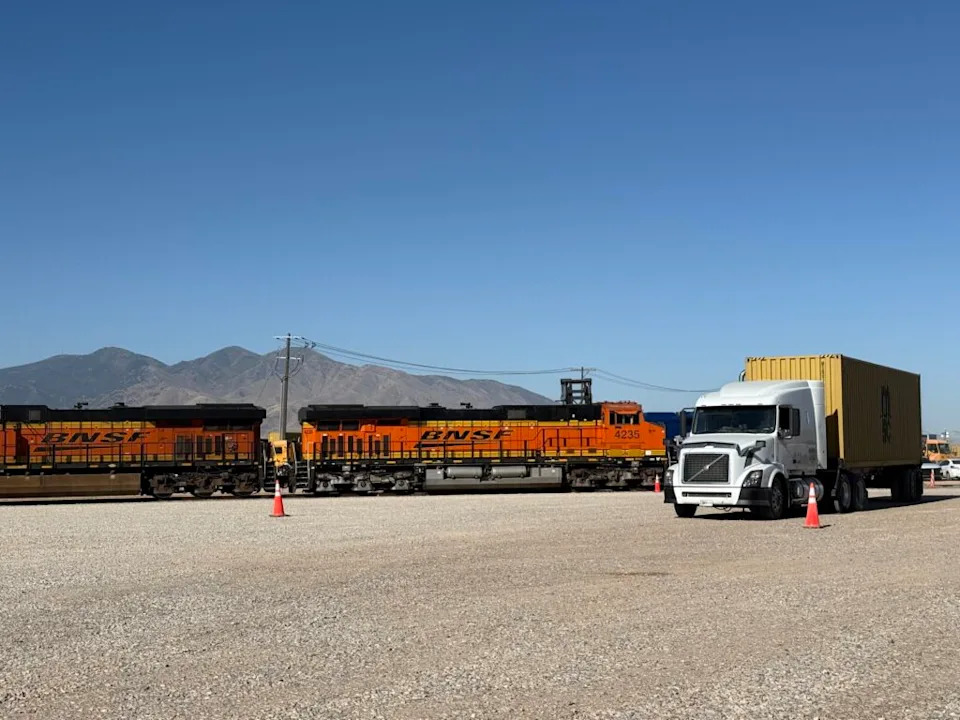
While trucks will be replaced by rail freight, easing congestion on roads, trains can bring other types of traffic disruptions. Railroads have been a well-documented issue for communities on the west side of Salt Lake City, who often spend hours at rail crossings waiting for nearly three-mile-long trains to pass.
Now that Salt Lake City has tested road signs alerting commuters of crossing wait times, the Utah Inland Port Authority will provide an initial contribution of $150,000 to the city for sensors and equipment to expand the system.
Patriot Rail CEO Brandy Christian said the company will also work with the Utah Department of Transportation and Salt Lake City to deliver a grant to relocate Patriot Rail’s interchange to the new intermodal facility. That move would help decongest the Poplar Grove and downtown neighborhoods. Construction is scheduled for 2026.
“That’s going to be vital, not only to increase the fluidity with this expanded intermodal service,” Christian said, “but also all of the business that we have on the Salt Lake, Garfield and Western Railway.”
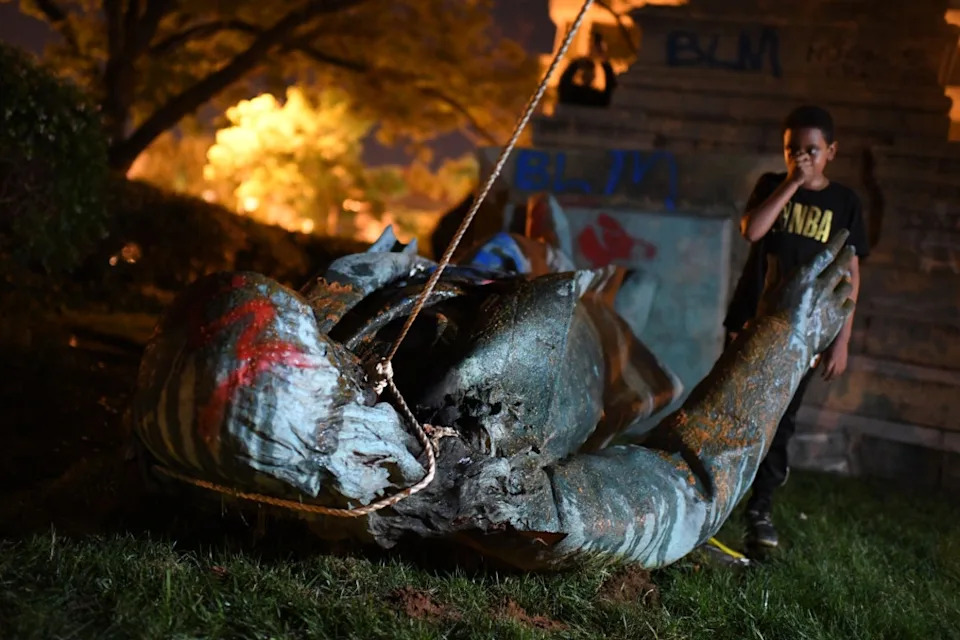


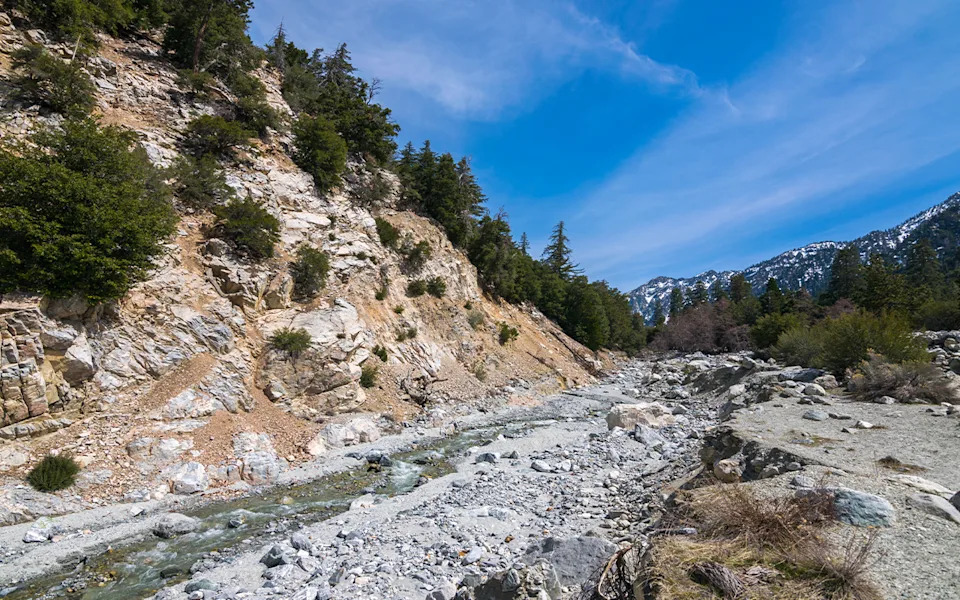


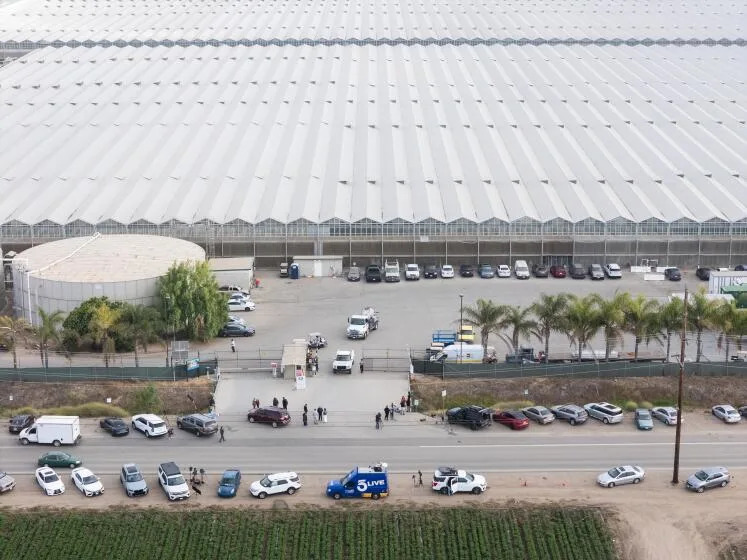
Comments